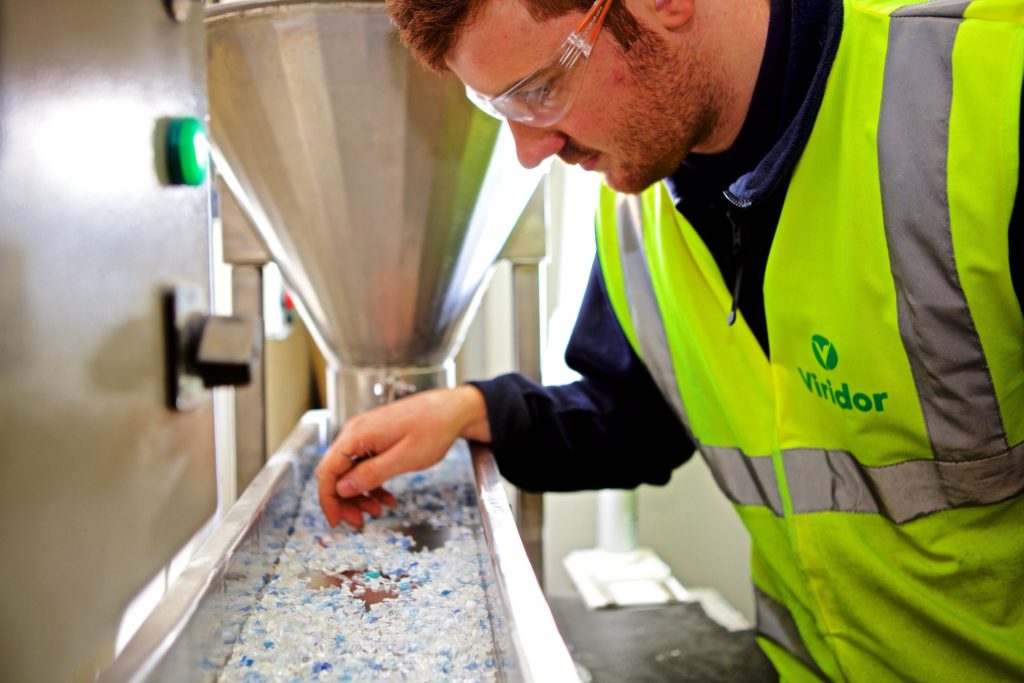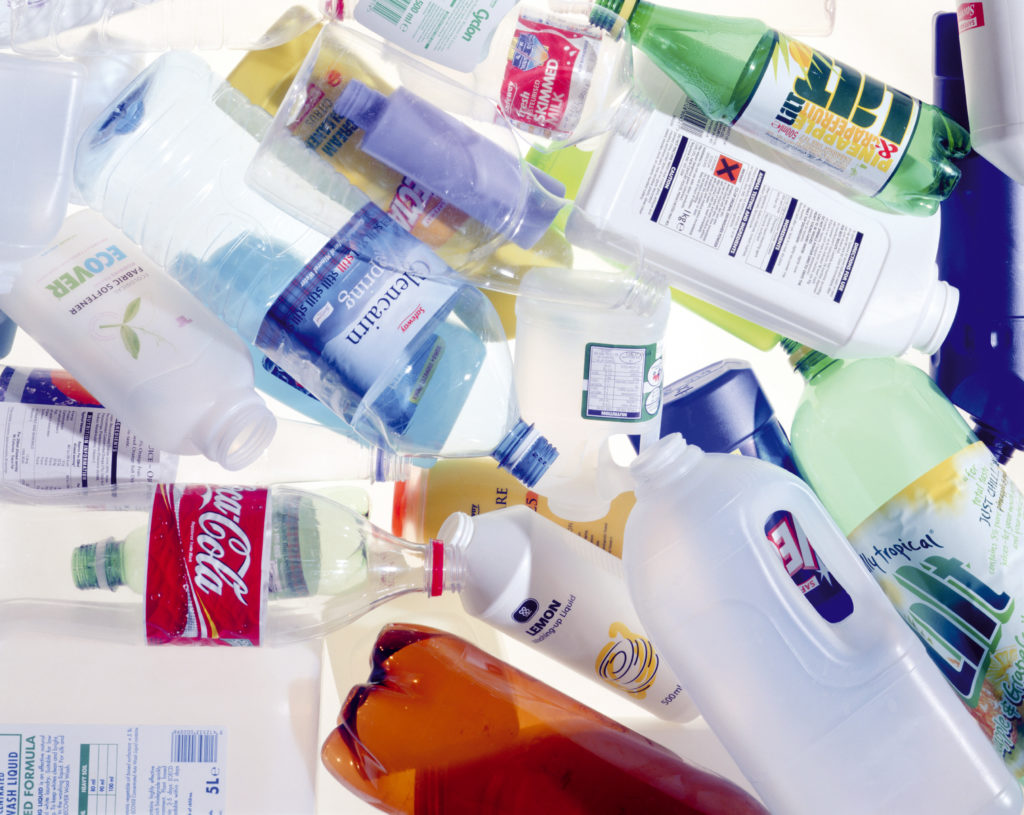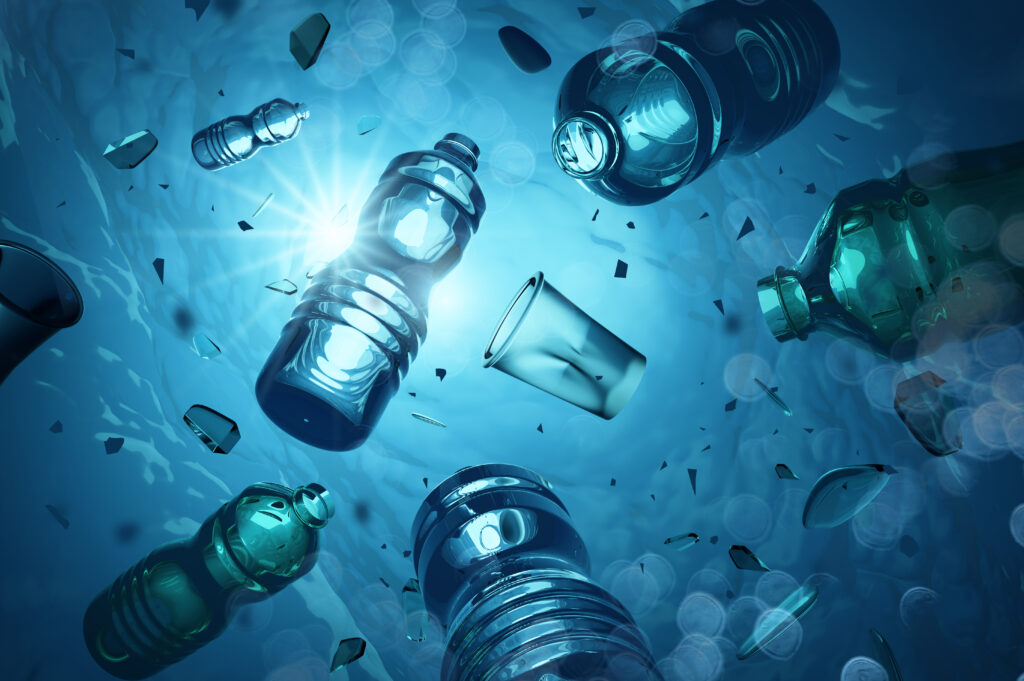This figure means that the European plastics system is said to be halfway towards the interim ambition – initially established in the Plastic Transition roadmap – to use 25% of plastics from circular sources in new products by 2030.
‘The Circular Economy for Plastics: A European Analysis’ provides an overview of European plastics production, conversion, consumption and waste management, as well as an analysis of plastics production from non-fossil sources and recycling technologies.
Challenges
The reports data also highlights several major challenges that risk “undermining” the plastics system’s progress towards circularity, including growing rates of incineration with energy recovery (over 15% since 2018) of plastics waste needed as circular feedstock/that could have been recycled.
Virginia Janssens, managing director of Plastics Europe, said of the report: “This edition is also broader in scope and contains more in-depth data than ever before. Whilst the data confirms the shift to circularity is firmly established and picking up pace, it is frustrating that we still incinerate so much plastics waste when this potential feedstock is desperately needed by our industry to accelerate the transition.
“Without urgent action to increase the availability of all circular feedstocks for plastics we cannot maintain the current rate of progress and realise the ambitions of our ‘Plastics Transition’ roadmap and the EU Green Deal.”
Plastics Europe has said that for the first time, more plastics waste is recycled than is put into landfill, with 26.9% of European plastics now recycled.
However, Plastics Europe has said that to meet growing demand for plastics manufactured from circular feedstocks, the collection and sorting of post-consumer plastics waste must be “massively upscaled” with increased availability of biomass and captured carbon.
The report found that in 2022, circular plastics were produced from several sources: the largest source was mechanically recycled, while only 1% came from bio-based feedstock, and 0.1% was chemically recycled.
Ms Janssens added: “The continent-wide roll-out of chemical recycling, as a complementary solution to mechanical recycling, is essential to meet ambitious mandatory recycled content targets for applications and industries that require high-quality plastics.
“To incentivise the necessary investments and ramp up the deployment of chemical recycling in Europe, we urgently need a green light and clarity from EU policy makers.
“We need legislative acceptance of chemical recycling and the adoption of a Mass Balance attribution method based on a fuel-use exempt model.
‘Clean Transition Dialogue’
“We need to find better ways of listening, talking and deepening our collaboration. To boost this essential collaboration, we call on the European Commission to urgently establish a Clean Transition Dialogue to look at the roadblocks and solutions for creating a competitive circular plastics system in Europe together.”











Subscribe for free